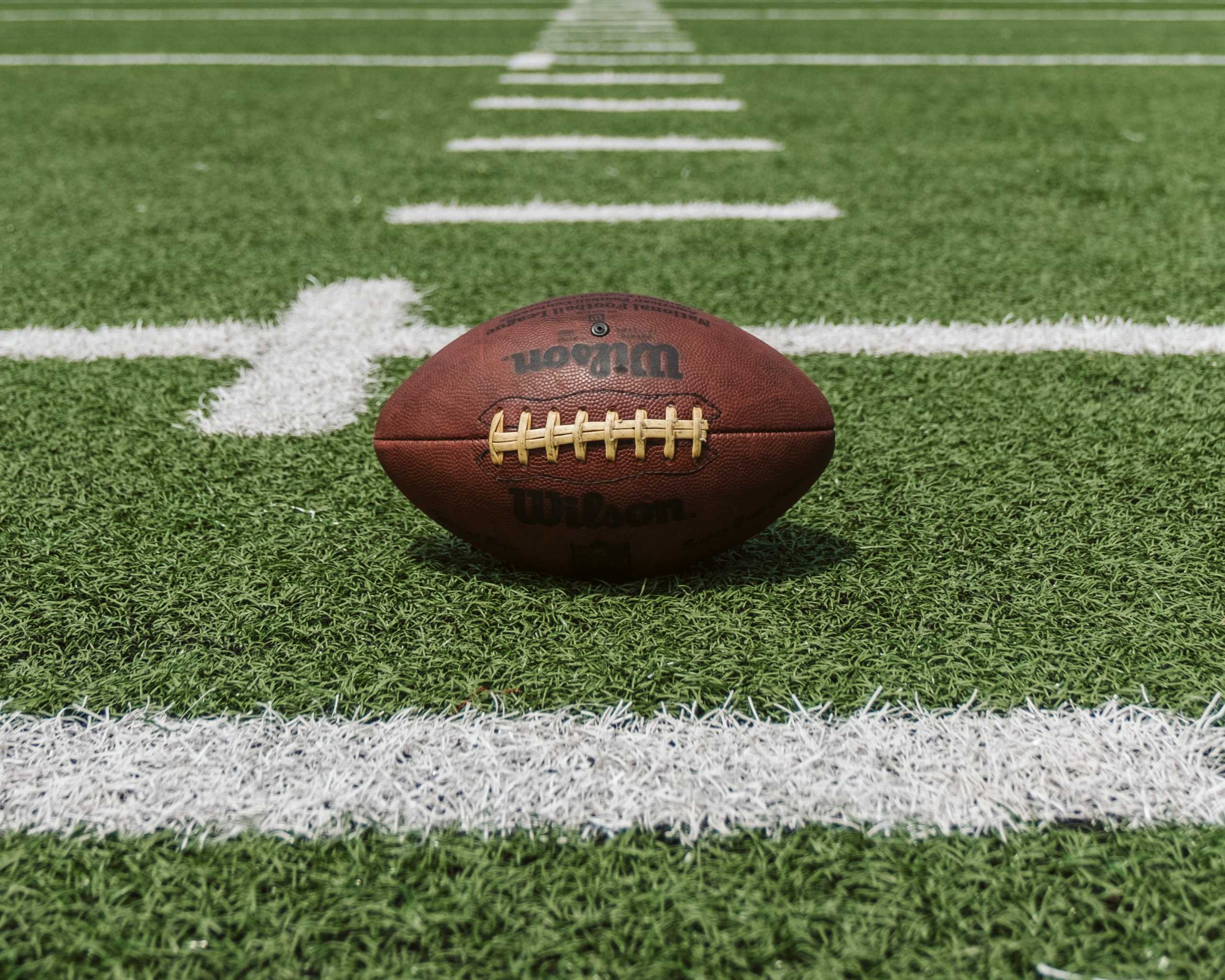I enjoy Fall for many reasons. The drench of colors on the leaves of beautiful trees. Grilled cheese sandwiches and tomato soup. Crisp mornings and comfortable afternoon sunshine. Hoodies and fuzzy socks in the evening by the fire pit. Chai tea and SoCo. My birthday shenanigans. Football and…drum roll, please…Historically Black Colleges and Universities (HBCU) homecoming games! Check out out the complete HBCU Homecoming Schedule 2022.
The bands! The football. The friendships. The freedom to be. (Did I mention the bands?)
Homecoming is the festive part of a long, dark past of American history.
HBCUs are public and private institutions established before the Civil Rights Act of 1964 in the United States.[i] They were created to provide a safe place to learn in a world that denied Black people access to education during slavery and segregation. Just like Black churches, HBCUs provided a safe space for people to learn, grow, and strengthen their community.
Before the abolishment of slavery in 1865, anti-literacy laws prevented Black people from obtaining an education.[ii] These laws existed by supremacist fear that if enslaved and unenslaved (they were never really “free”), people of color became literate, they would no longer be able to be controlled.[iii] This would consequently threaten the very lucrative free-labor economy.
Although unenslaved Black people were allowed to attend white universities in states that abolished slavery, they still faced the trauma of racism and discrimination. Black students also tended not to fare well at white institutions because of significant gaps in their knowledge and college readiness. Not because they lacked the ability or willingness to learn but because of hundreds of years of denied access to education.[iv]
In response to the need for reform, Quaker philanthropist Richard Humphreys founded the Institute for Colored Youth in Cheyney, Pennsylvania, in 1837. He wanted to create an institution for formerly enslaved people to learn basic skills like reading, writing, and math so they could become more prepared for the world as “free” people. The Institute eventually became the Cheyney University of Pennsylvania, the first HBCU.
Over time, more universities were established, with a large surge of new institutions coming into existence after the passing of the Second Morrill Act of 1890 (yes, the second. The first Act didn’t include Black people). It required states that supported racial segregation in schools to create and fund public institutions for Black students. This increase in funding led to more Black people attending college and an increased need for more schools.
Currently, 107 HBCUs are located throughout the United States, with nearly 300,000 students enrolled. Fifty-six institutions are under private control, and 51 are public colleges and universities. Most (87) of the institutions are 4-year colleges or universities, and 20 are 2-year institutions.[v] In the past, more than 80 percent of all Black college graduates have been trained at HBCUs.[vi] Although they were originally founded to educate African American students, HBCUs have historically enrolled students of all races and ethnicities. In 2014, non-Black students made up 21 percent of enrollment at HBCUs, and this diversity continues to increase over time. Over 100 years later, HBCU graduates are still thriving even more today than Black graduates of other schools. According to the Gallup-Purdue University study, the largest of its kind, Black graduates of HBCUs are significantly more likely to have felt supported while in college and to be thriving afterward than their Black peers who graduated from predominantly white institutions.[vii] Thus, confirming to the world what many Black people already know—HBCUs continue to be a vital resource in the nation’s educational system. HBCUs are responsible for graduating:
- 24% of Black people earning STEM degrees
- 40% of Black people in Congress
- 40% of Black engineers
- 50% of Black lawyers
- 80% of Black judges[viii]
HBCUs make up only 3 percent of America’s academic institutions, but their role in bridging the opportunity gap within higher education is undeniable. These institutions have produced some of the most influential trailblazers of our time and continue to solidify their importance in American academia. To name a few:
- Vice President Kamala Harris
- Dr. Martin Luther King, Jr.
- Supreme Court Justice Thurgood Marshall
- Actor Samuel L Jackson
- Comedian Wanda Sykes
- Hall of Fame National Football League Wide Receiver Jerry Rice
- Writer/Poet Alice Walker
- Actor Chadwick Boseman
- Talk Show Host and Producer Oprah Winfrey
- Although few, every Black SOAR State Team Lead (and many Black Local SOAR Leads)
There’s no doubt that HBCUs will always be necessary and valuable members of the academic world. Recruiting from these institutions is time well spent. The brilliance is out there. We must make it known to HBCU communities that Policy Research is here and let the atmosphere of our workplace speak for how welcomed they are.
Additional Resources
- Fast Facts: Historically Black Colleges and Universities (ed.gov)
- A History of Historically Black Colleges and Universities (hbcu.com)
References
[i] A Brief History: The Rise of Historically Black Colleges and Universities (lsu.edu)
[ii] Ibid.
[iii] Ibid.
[iv] Ibid.
[v] HBCU History — Experience The Legacy (experiencethelegacy.org)
[vi] Diversity Resource Guide (DRG) for Diversity in Residency Training and the Pharmacy Workforce (ashp.org)
[vii] Survey finds big differences between black HBCU graduates, those who attended other institutions (insidehighered.com)
[viii] How historically black colleges transformed America (tmcf.org)


